A new Bernard Buffet biography is a smorgasbord of art history fun and frolics
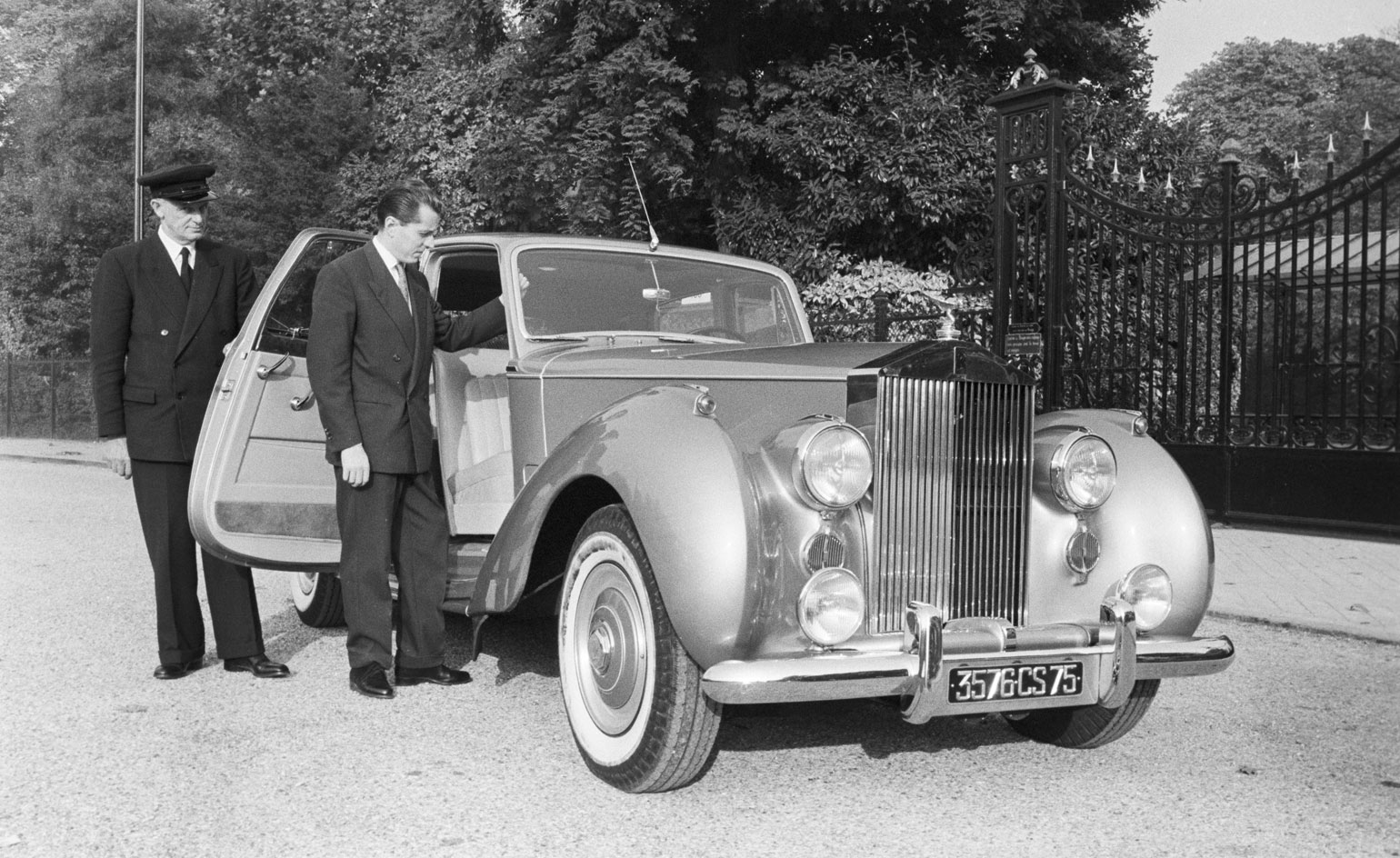
Whatever your opinion of the work of the prolific French expressionist Bernard Buffet, it’s not hard to be seduced by the premise of Nick Foulkes’ new biography, Bernard Buffet: The Invention of the Modern Mega-Artist. Foulkes suggests that Buffet, who died in 1999, blazed a trail as one of the first modern media artists. Yet although Buffet was happy to be feted by the media, associated with celebrities and garlanded with praise and money, his celebrity status turned sour. Despite – or perhaps because of – the global appeal of his work in prints and posters – the artist’s reputation dipped precipitously in his own lifetime until he was practically persona non grata in the French scene.
Whereas his arch-rival Picasso could effortlessly segue between high and low art, with volume prints and highly sought-after originals, Buffet’s work was somehow denigrated by its transposition from gallery wall to suburban living room. The subject matter didn’t help either – mournful clowns and spiky still lives, or familiar cityscapes and faintly twee animals, all rendered in his trademark spidery black line with flat colour and minimal stylistic evolution. His prolific output – around 8,000 paintings – was another dagger in the heart of authenticity, and Buffet’s status as one of France’s ‘fabulous five’, alongside director Roger Vadim, fashion designer Yves Saint Laurent, author Françoise Sagan and actress Brigitte Bardot, further served to detach him from the critics.
As a result, works hailed as bold and daring at the start of his career were soon dismissed by critics as trite and sentimental. Buffet even described himself, stoically and stubbornly, as a ‘little detached suburban villa in the middle of modern painting’.
He became a lonely figure, doggedly ploughing his furrow and eventually taking his life when, struggling with disease, he could no longer paint. Inevitably, Buffet’s work is being reappraised by today’s market, as a new generation of collectors emerge, hungry for work with a provenance and a signature style. Foulkes explores Buffet’s changing milieu as an artist at the cradle of the media age, and offers a cautionary tale for artists who find themselves swept and up then discarded by a fickle media.
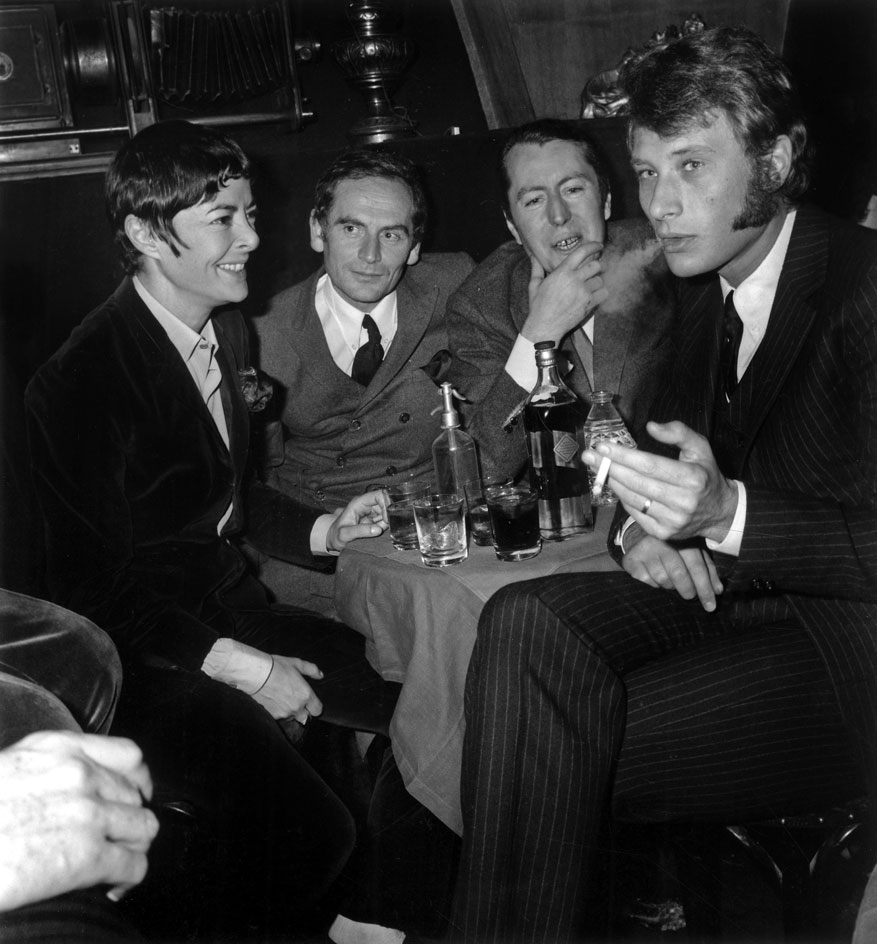
Though feted for many years, the artist’s reputation dipped precipitously in his own lifetime until he was practically persona non grata in the French scene. Pictured: Buffet with friends.
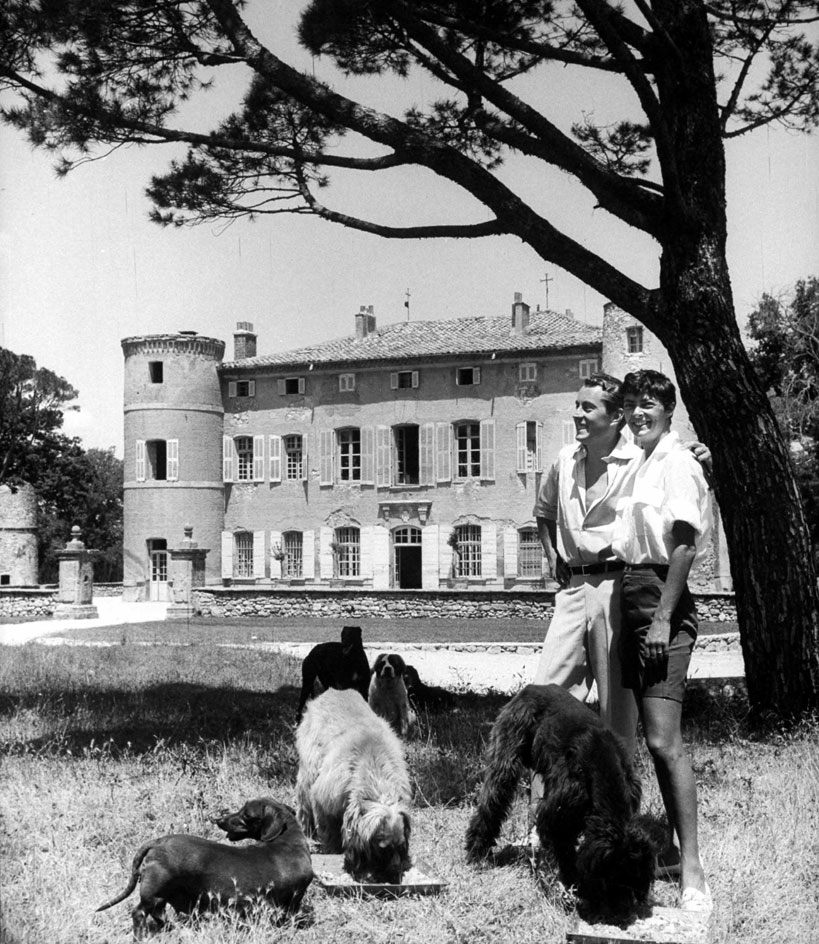
Foulkes suggests that Buffet, who died in 1999, blazed a trail as one of the first modern media artists. Pictured: the Buffets at Chateau l'Arc, near Aix-en-Provence – his main residence until 1964.
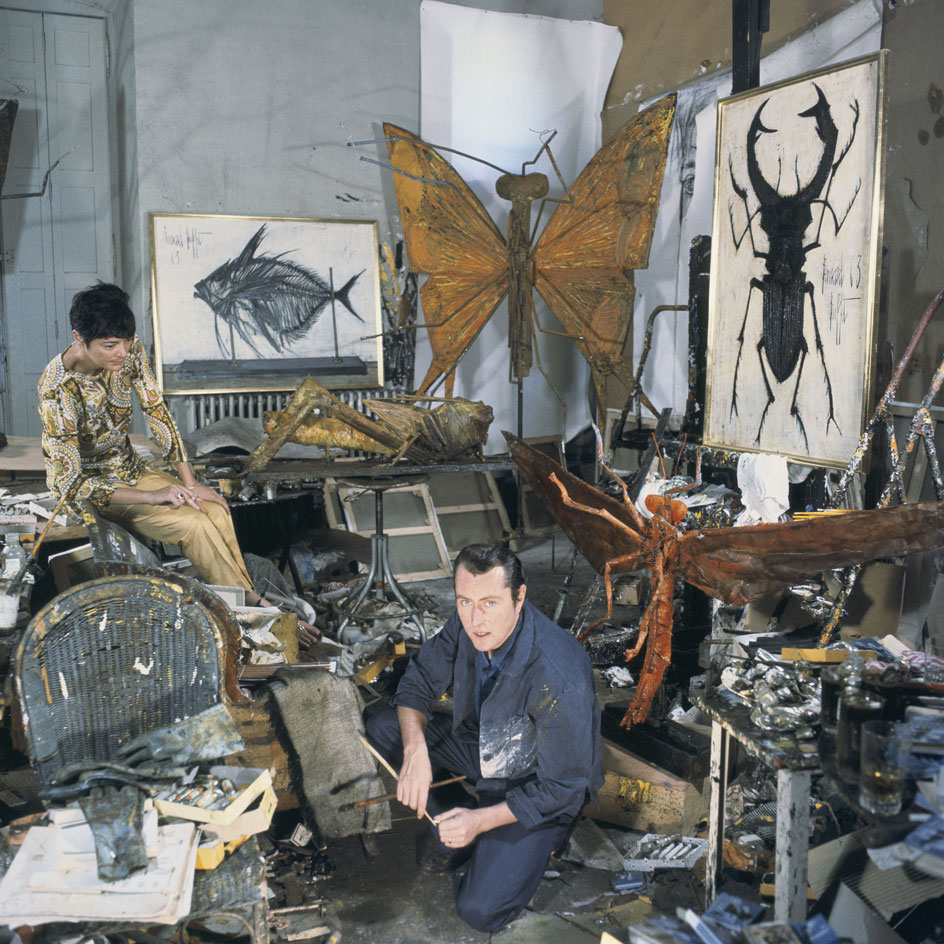
Buffet’s work was somehow denigrated by its transposition from gallery wall to suburban living room. Pictured: Buffet surrounded by work in the chateau.
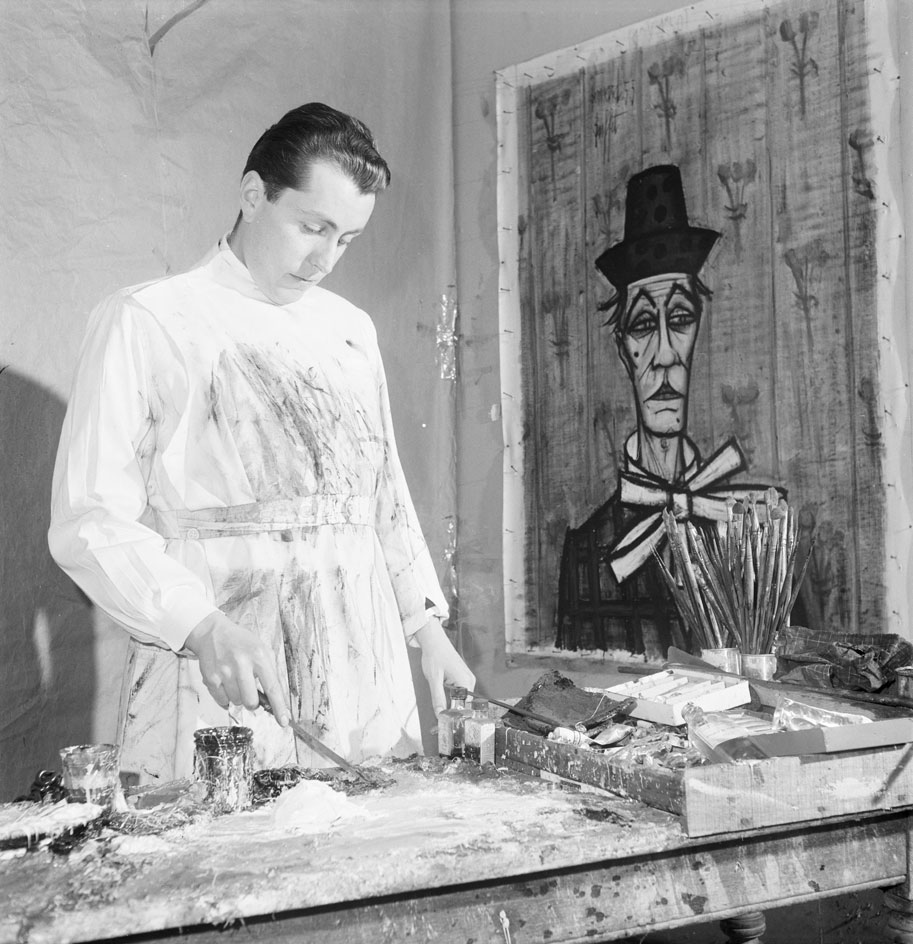
Buffet described himself, stoically and stubbornly, as a ‘little detached suburban villa in the middle of modern painting’.
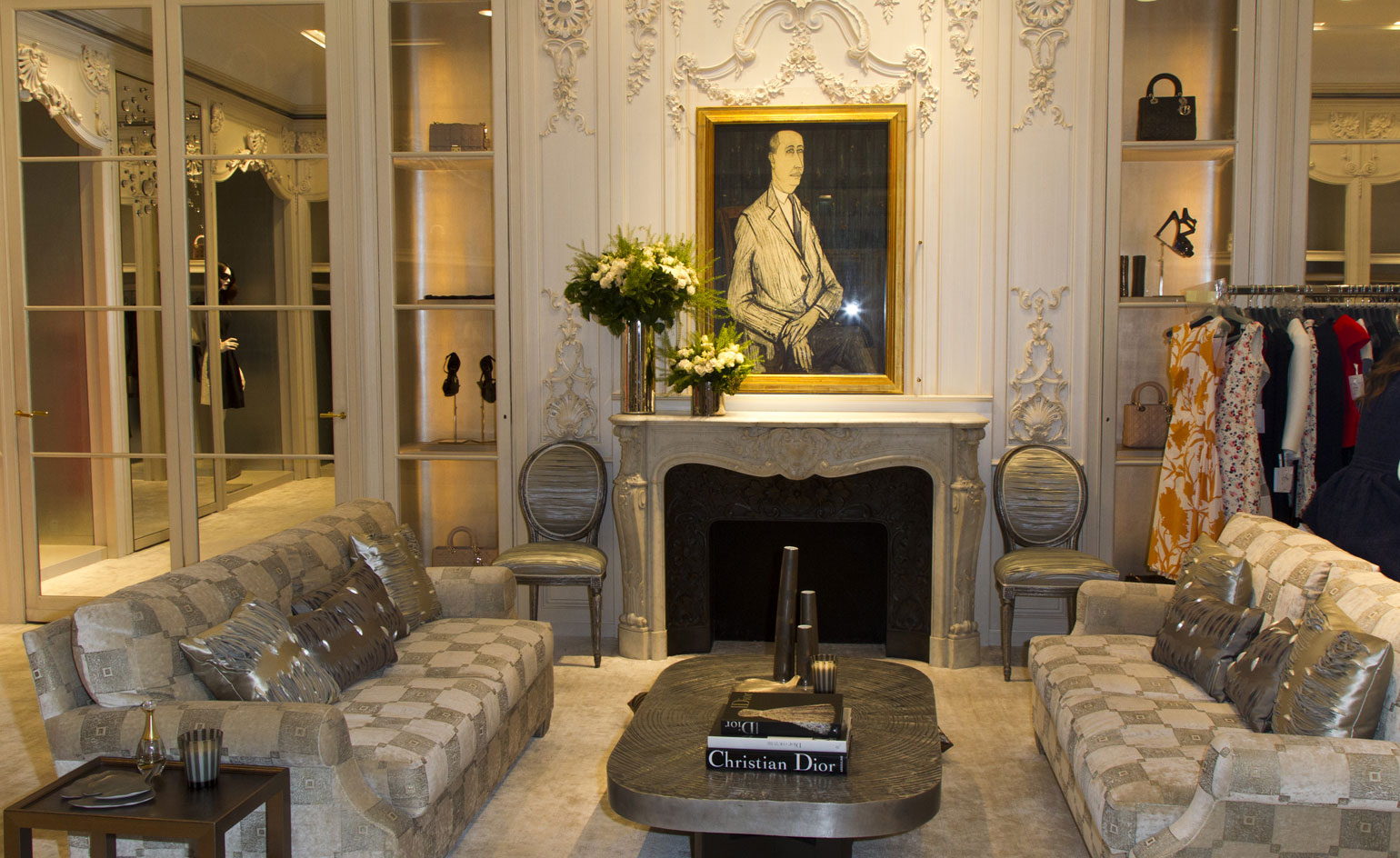
Buffet’s work is being reappraised by today’s market, as a new generation of collectors emerge, hungry for work with a provenance and a signature style. Pictured: Dior boutiqe.
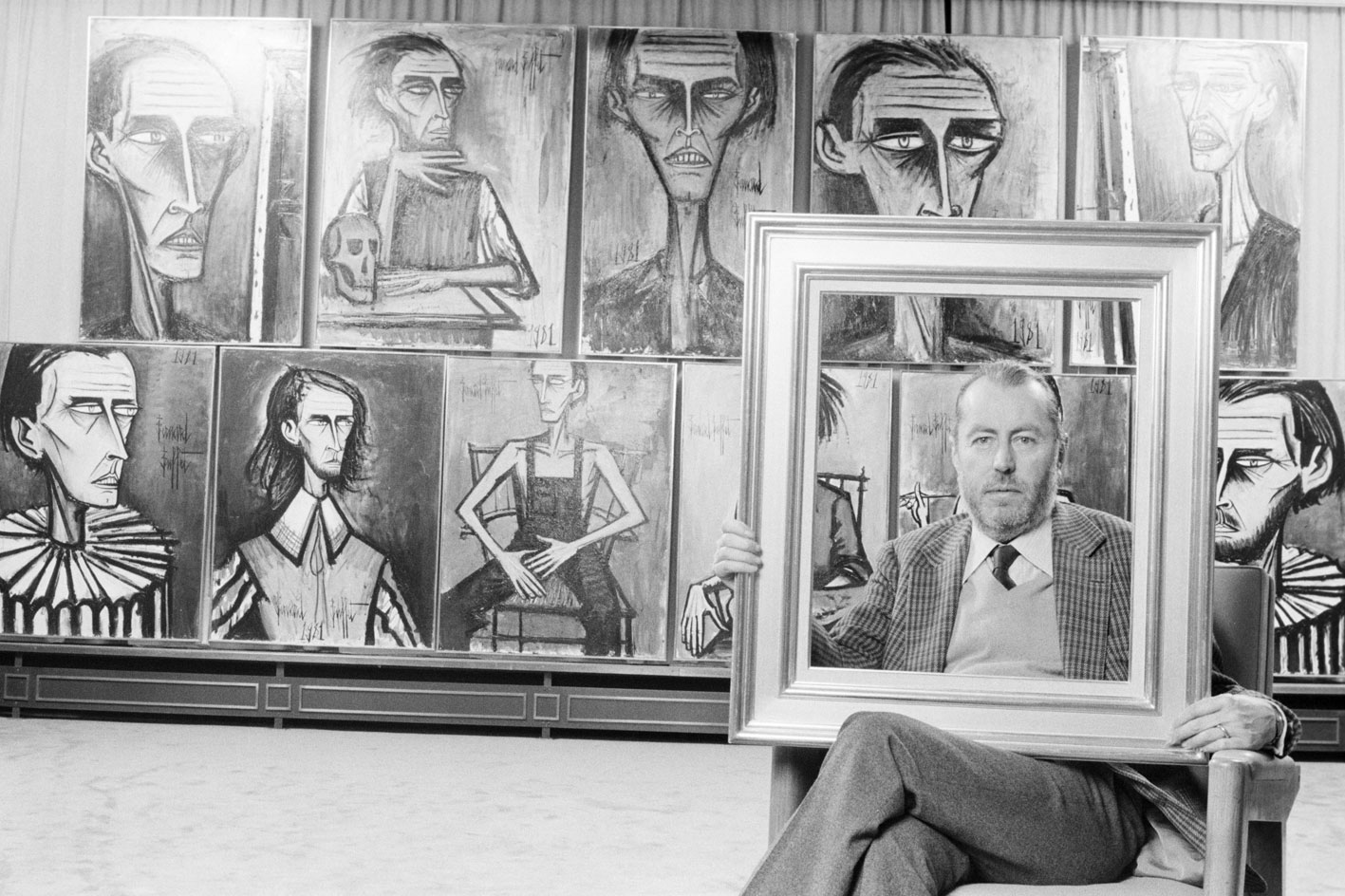
Buffet and a selection of 'autoportraits'.
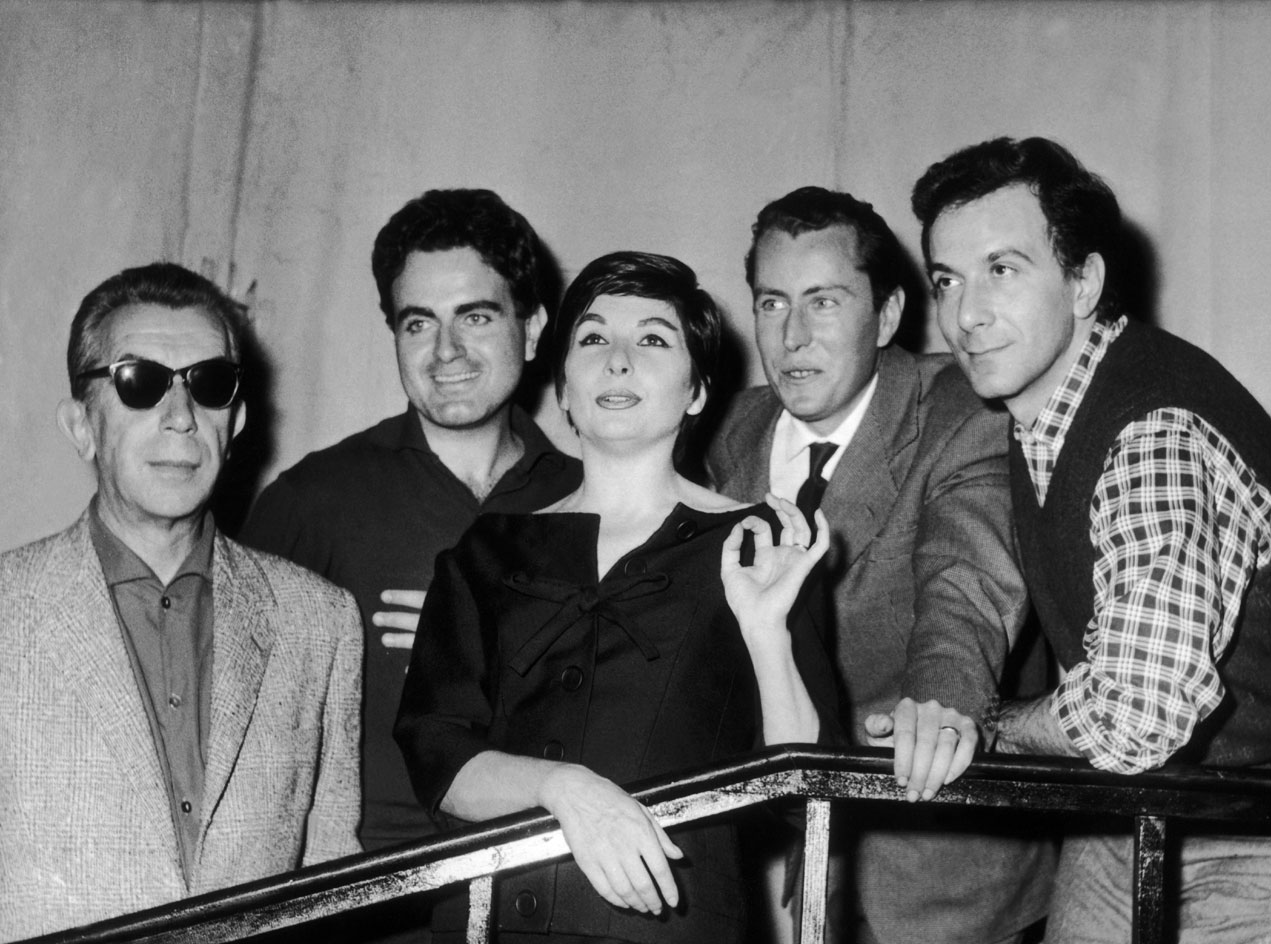
Buffet (second right) with (from left) painter and sculptor Albert Ayme, singer Guy Béart, and dancers Zizi Jeanmaire and Roland Petit.
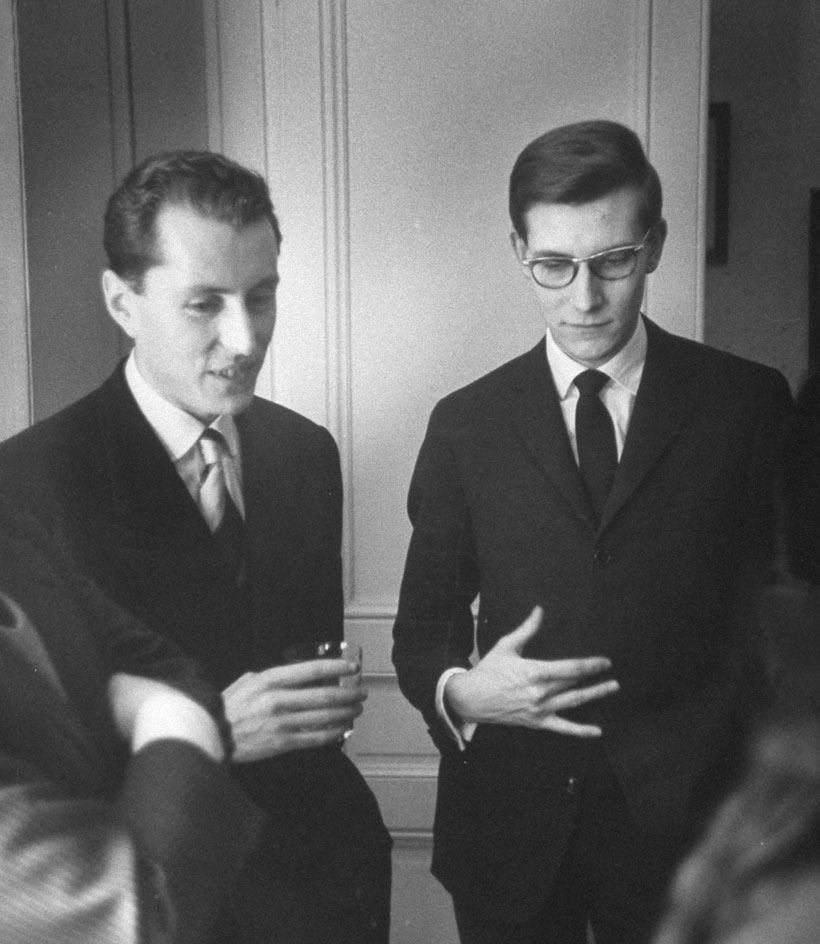
Buffet is known to be one of France’s ‘fabulous five’, alongside director Roger Vadim, fashion designer Yves Saint Laurent (pictured here with Buffet), author Françoise Sagan and actress Brigitte Bardot.
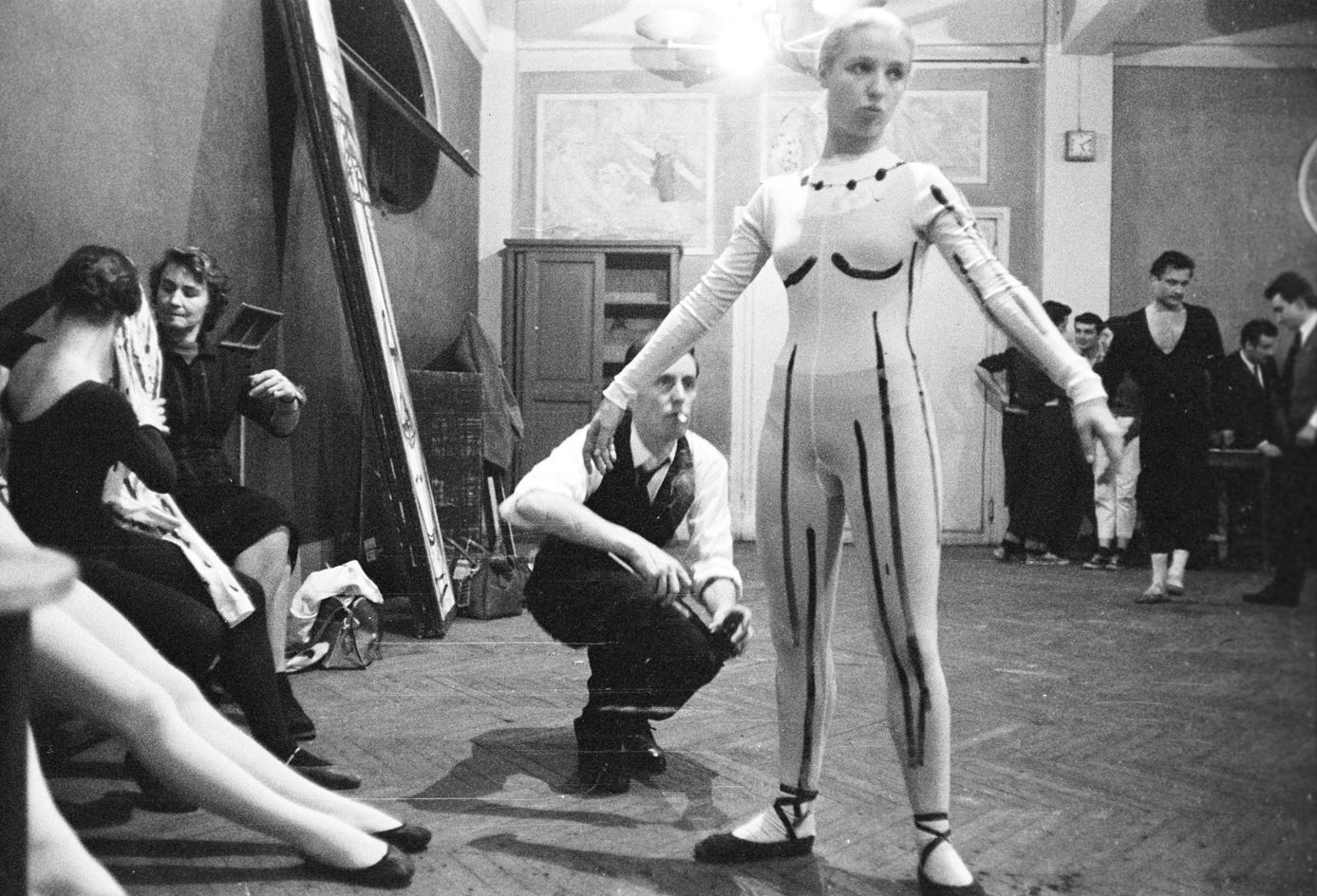
Foulkes explores Buffet’s changing milieu as an artist at the cradle of the media age. Pictured: Rendezvous with Bernard Buffet.

Foulkes offers a cautionary tale for artists who find themselves swept up then discarded by a fickle media.
INFORMATION
Bernard Buffet: The Invention of the Modern Mega-Artist, by Nicholas Foulkes £25, published by Preface Books. For more information, visit the publisher’s website
Receive our daily digest of inspiration, escapism and design stories from around the world direct to your inbox.
Jonathan Bell has written for Wallpaper* magazine since 1999, covering everything from architecture and transport design to books, tech and graphic design. He is now the magazine’s Transport and Technology Editor. Jonathan has written and edited 15 books, including Concept Car Design, 21st Century House, and The New Modern House. He is also the host of Wallpaper’s first podcast.
-
 This cult Los Angeles pop-up restaurant now has a permanent address
This cult Los Angeles pop-up restaurant now has a permanent addressChef Brian Baik’s Corridor 109 makes its permanent debut in Melrose Hill. No surprise, it's now one of the hardest tables in town to book
-
 French bistro restaurant Maset channels the ease of the Mediterranean in London
French bistro restaurant Maset channels the ease of the Mediterranean in LondonThis Marylebone restaurant is shaped by the coastal flavours, materials and rhythms of southern France
-
 How ethical is Google Street View, asks Jon Rafman in Copenhagen
How ethical is Google Street View, asks Jon Rafman in CopenhagenIn 'Report a Concern - the Nine Eyes Archives' at Louisiana Museum of Art, Copenhagen, Jon Rafman considers technology's existential implications
-
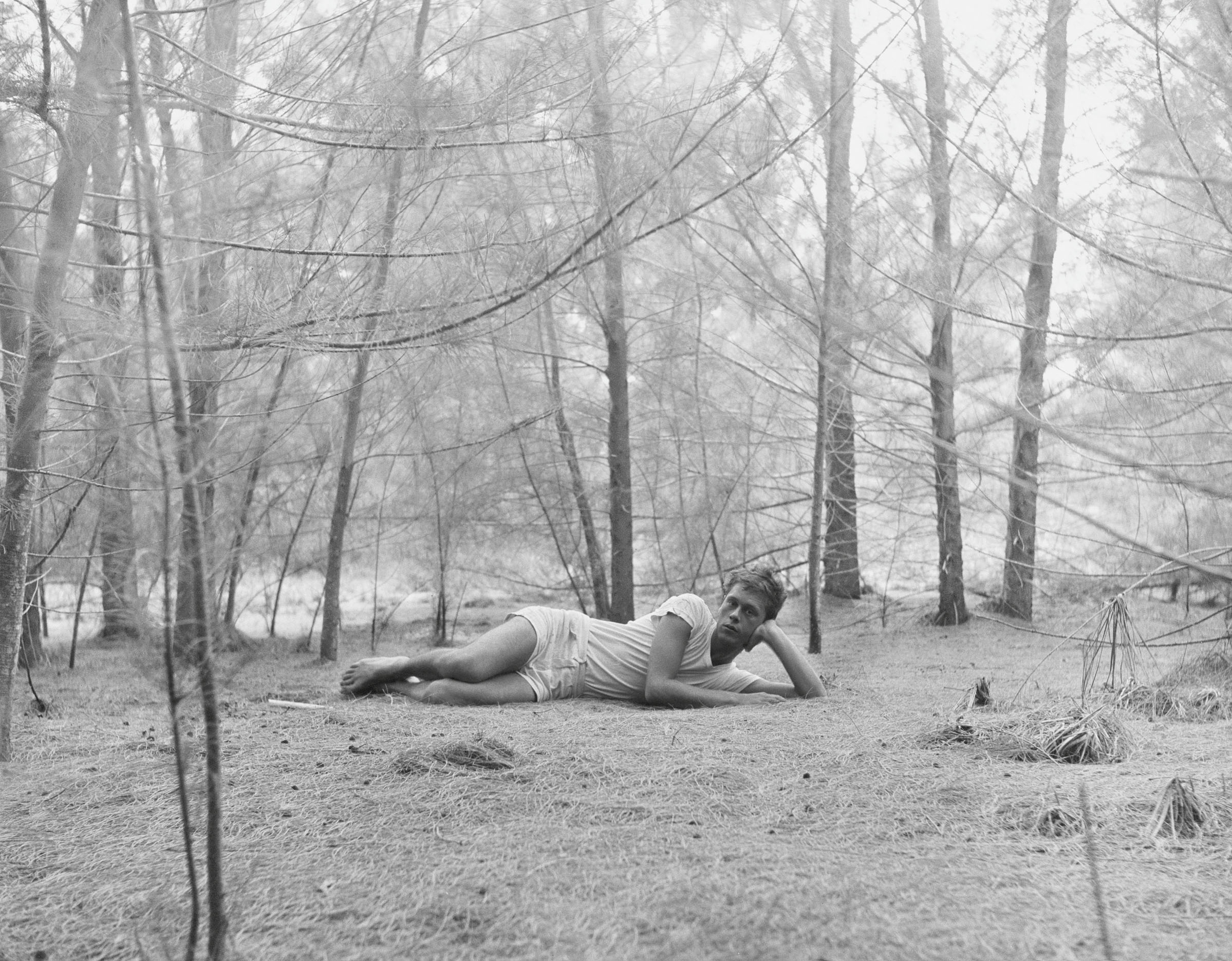 Inside the seductive and mischievous relationship between Paul Thek and Peter Hujar
Inside the seductive and mischievous relationship between Paul Thek and Peter HujarUntil now, little has been known about the deep friendship between artist Thek and photographer Hujar, something set to change with the release of their previously unpublished letters and photographs
-
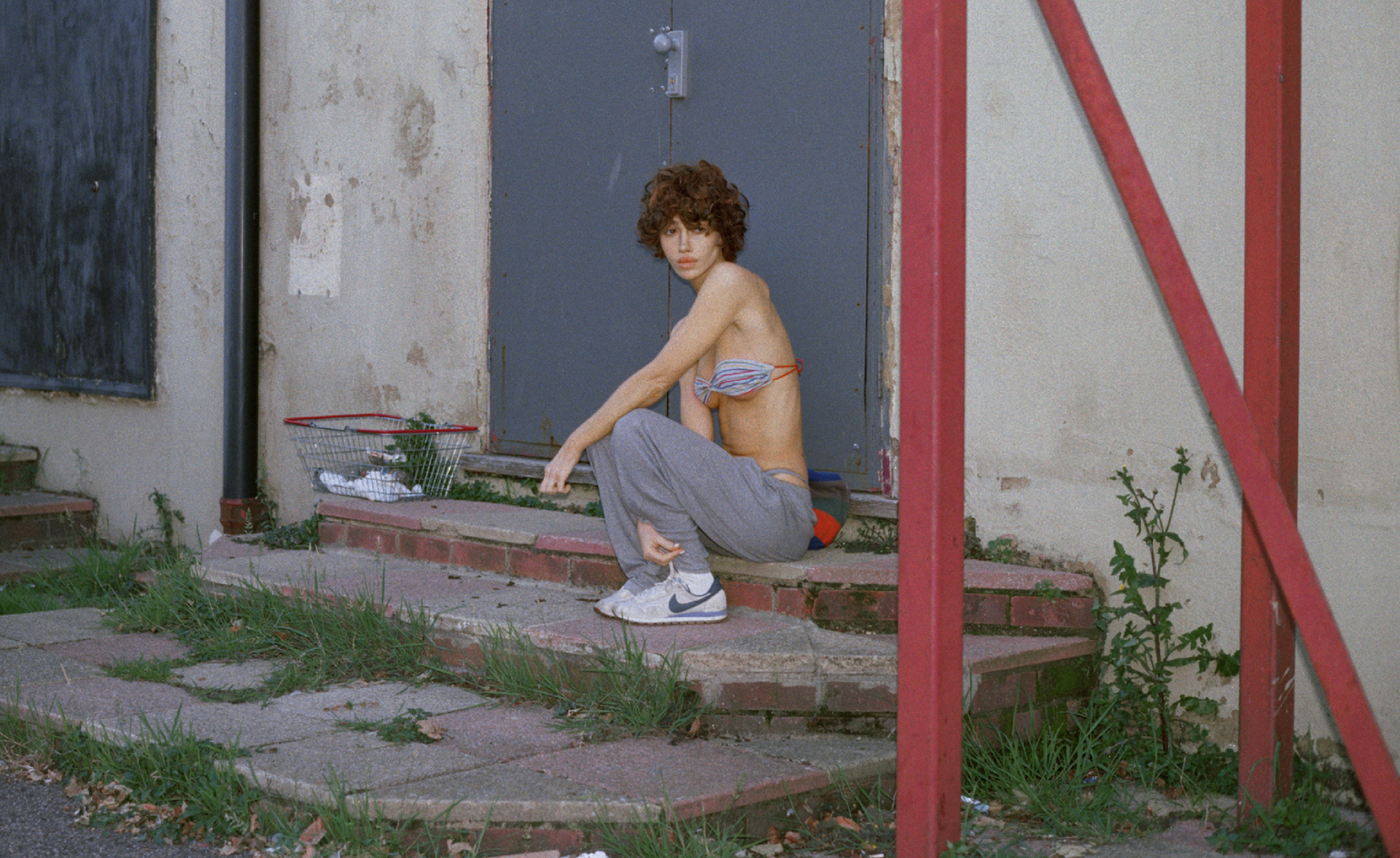 Nadia Lee Cohen distils a distant American memory into an unflinching new photo book
Nadia Lee Cohen distils a distant American memory into an unflinching new photo book‘Holy Ohio’ documents the British photographer and filmmaker’s personal journey as she reconnects with distant family and her earliest American memories
-
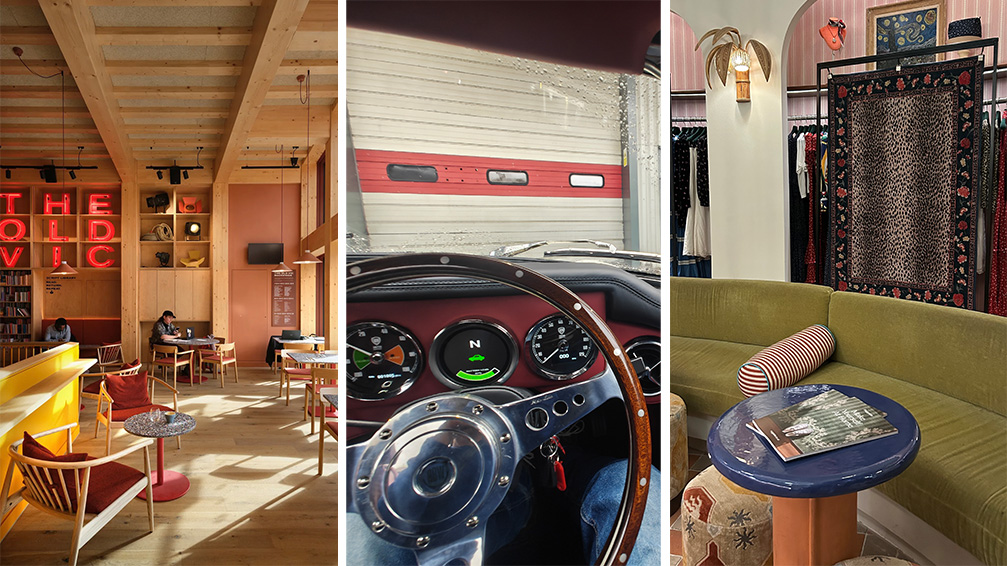 Out of office: The Wallpaper* editors’ picks of the week
Out of office: The Wallpaper* editors’ picks of the weekThe rain is falling, the nights are closing in, and it’s still a bit too early to get excited for Christmas, but this week, the Wallpaper* team brought warmth to the gloom with cosy interiors, good books, and a Hebridean dram
-
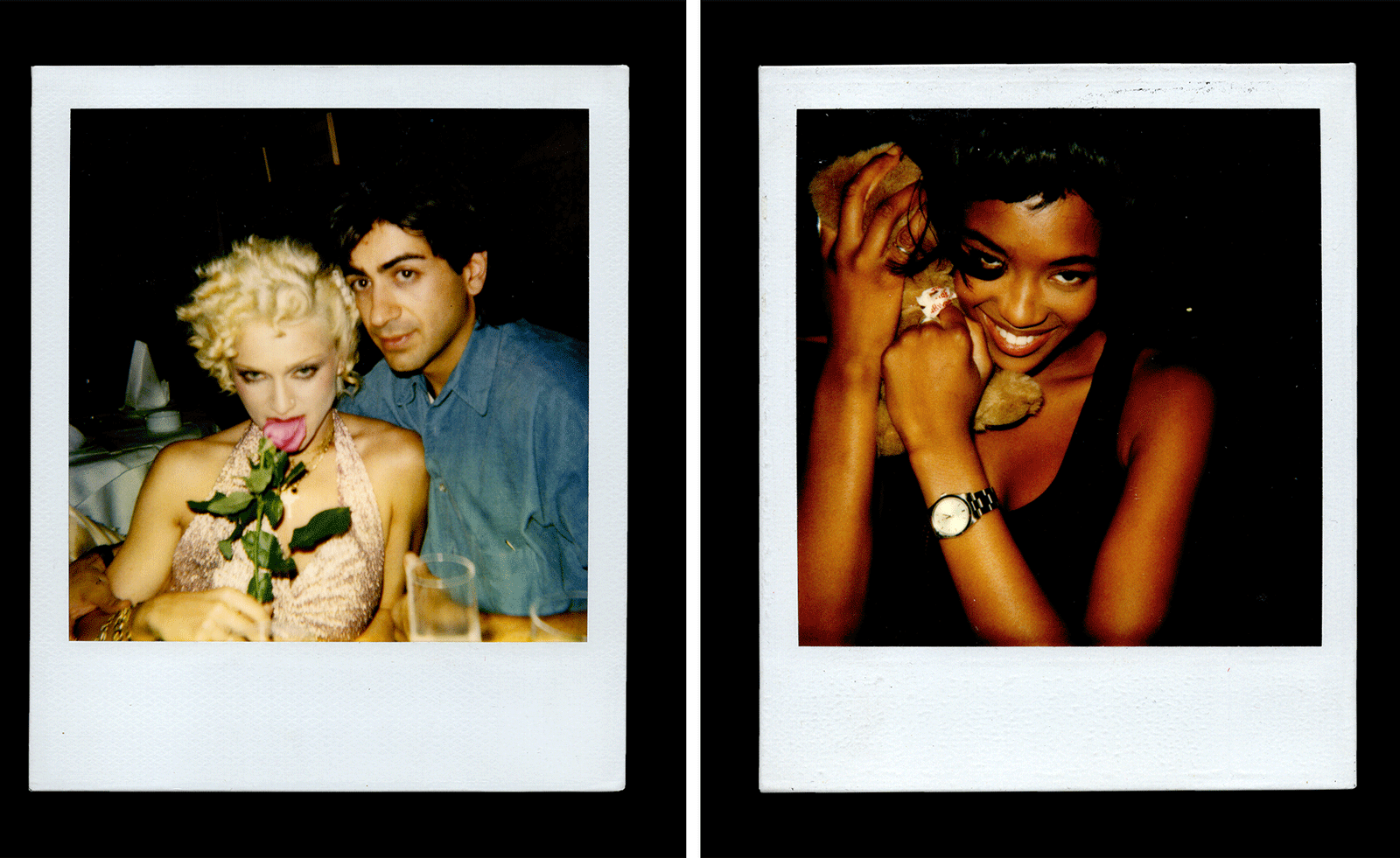 Inside Davé, Polaroids from a little-known Paris hotspot where the A-list played
Inside Davé, Polaroids from a little-known Paris hotspot where the A-list playedChinese restaurant Davé drew in A-list celebrities for three decades. What happened behind closed doors? A new book of Polaroids looks back
-
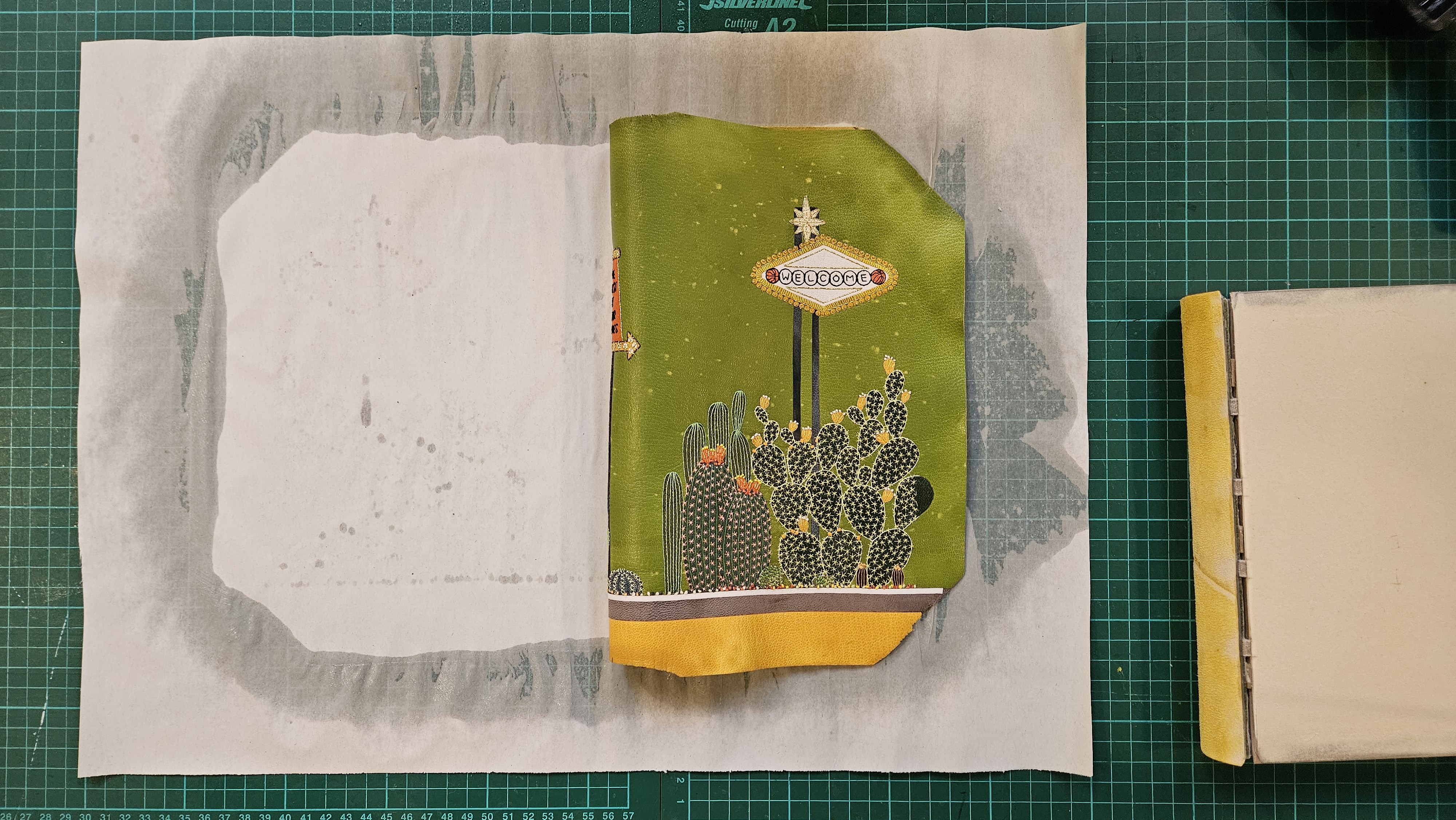 Inside the process of creating the one-of-a-kind book edition gifted to the Booker Prize shortlisted authors
Inside the process of creating the one-of-a-kind book edition gifted to the Booker Prize shortlisted authorsFor over 30 years each work on the Booker Prize shortlist are assigned an artisan bookbinder to produce a one-off edition for the author. We meet one of the artists behind this year’s creations
-
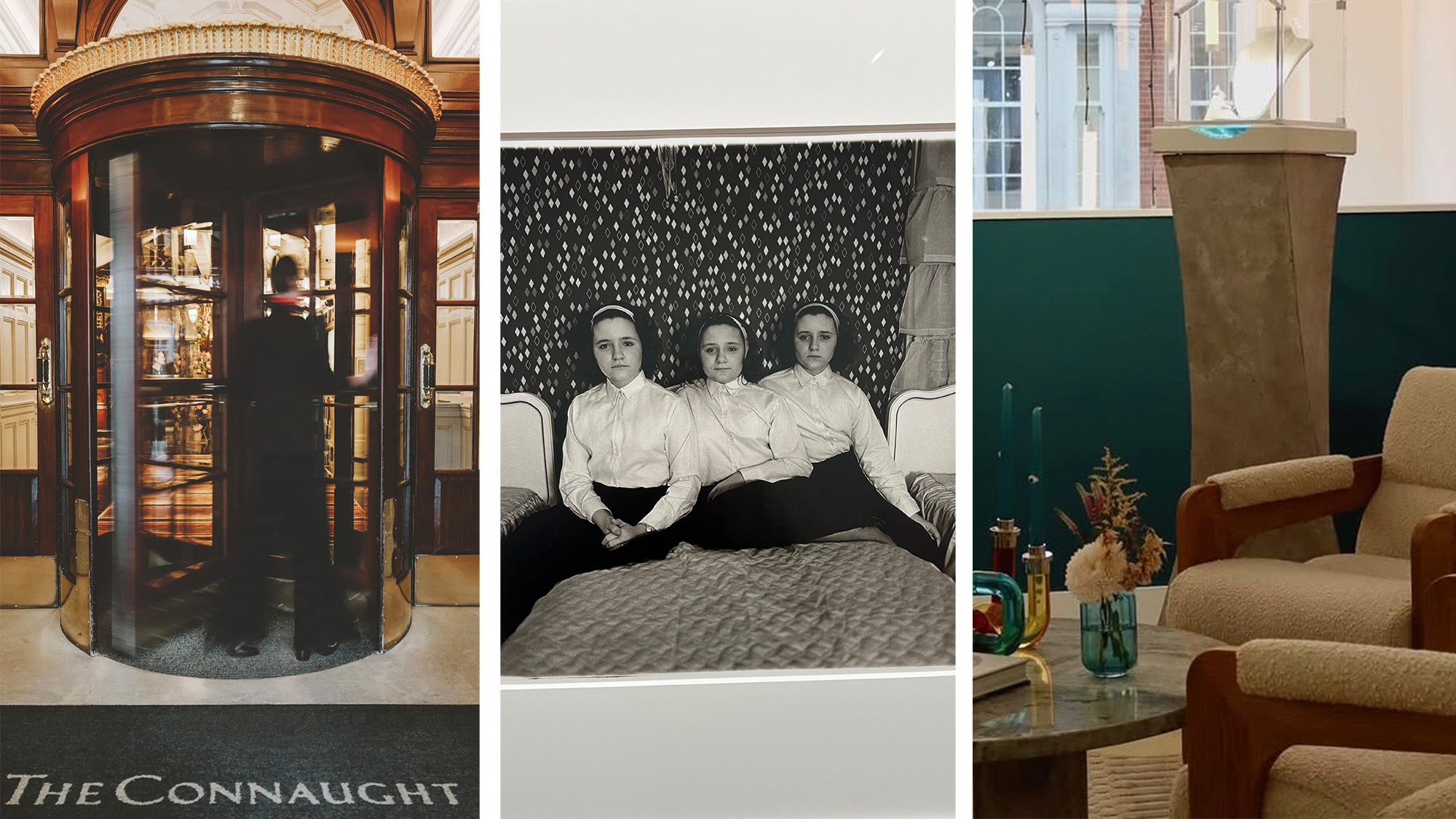 Out of office: The Wallpaper* editors’ picks of the week
Out of office: The Wallpaper* editors’ picks of the weekThis week, the Wallpaper* editors curated a diverse mix of experiences, from meeting diamond entrepreneurs and exploring perfume exhibitions to indulging in the the spectacle of a Middle Eastern Christmas
-
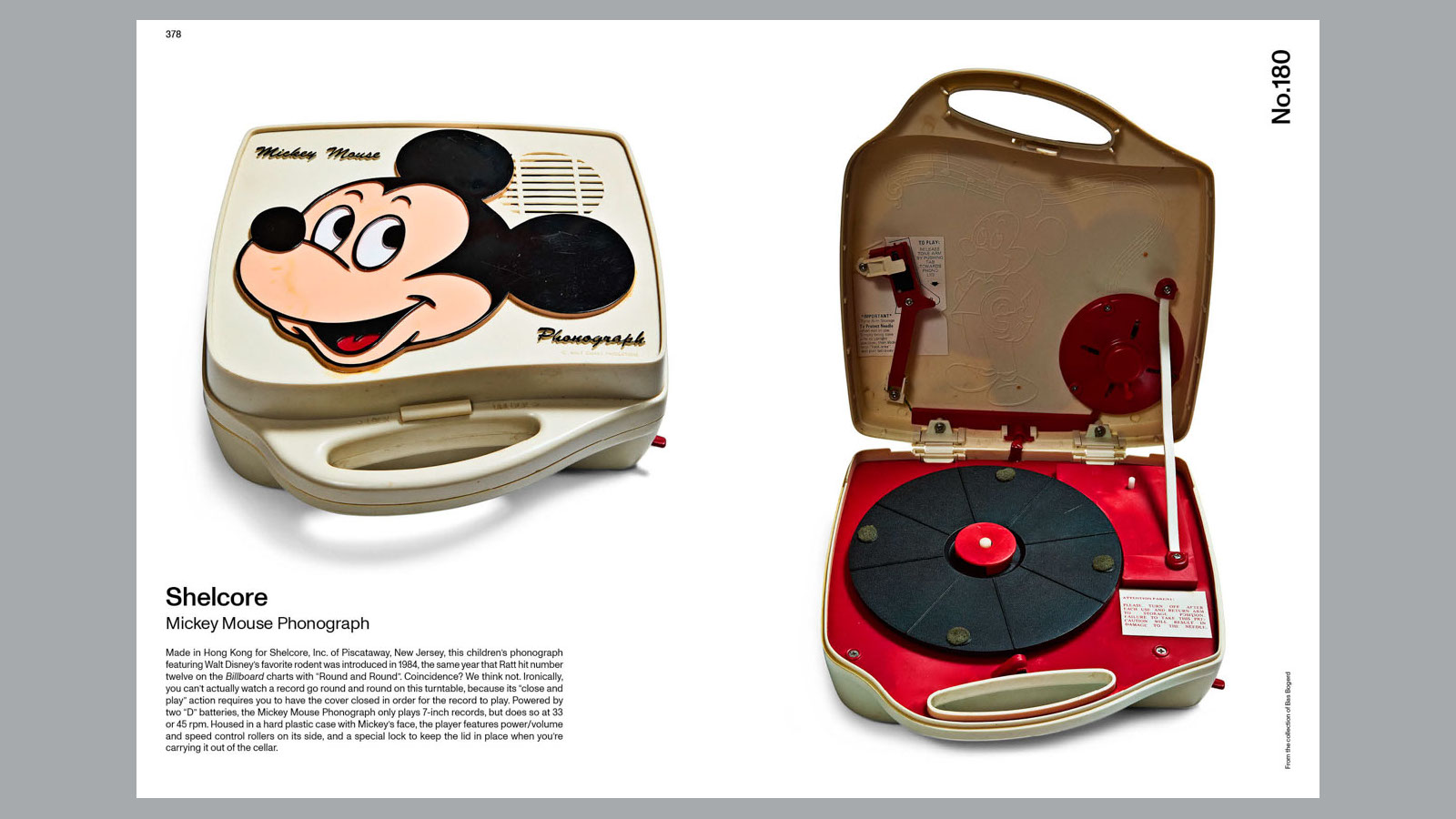 14 of the best new books for music buffs
14 of the best new books for music buffsFrom music-making tech to NME cover stars, portable turntables and the story behind industry legends – new books about the culture and craft of recorded sound
-
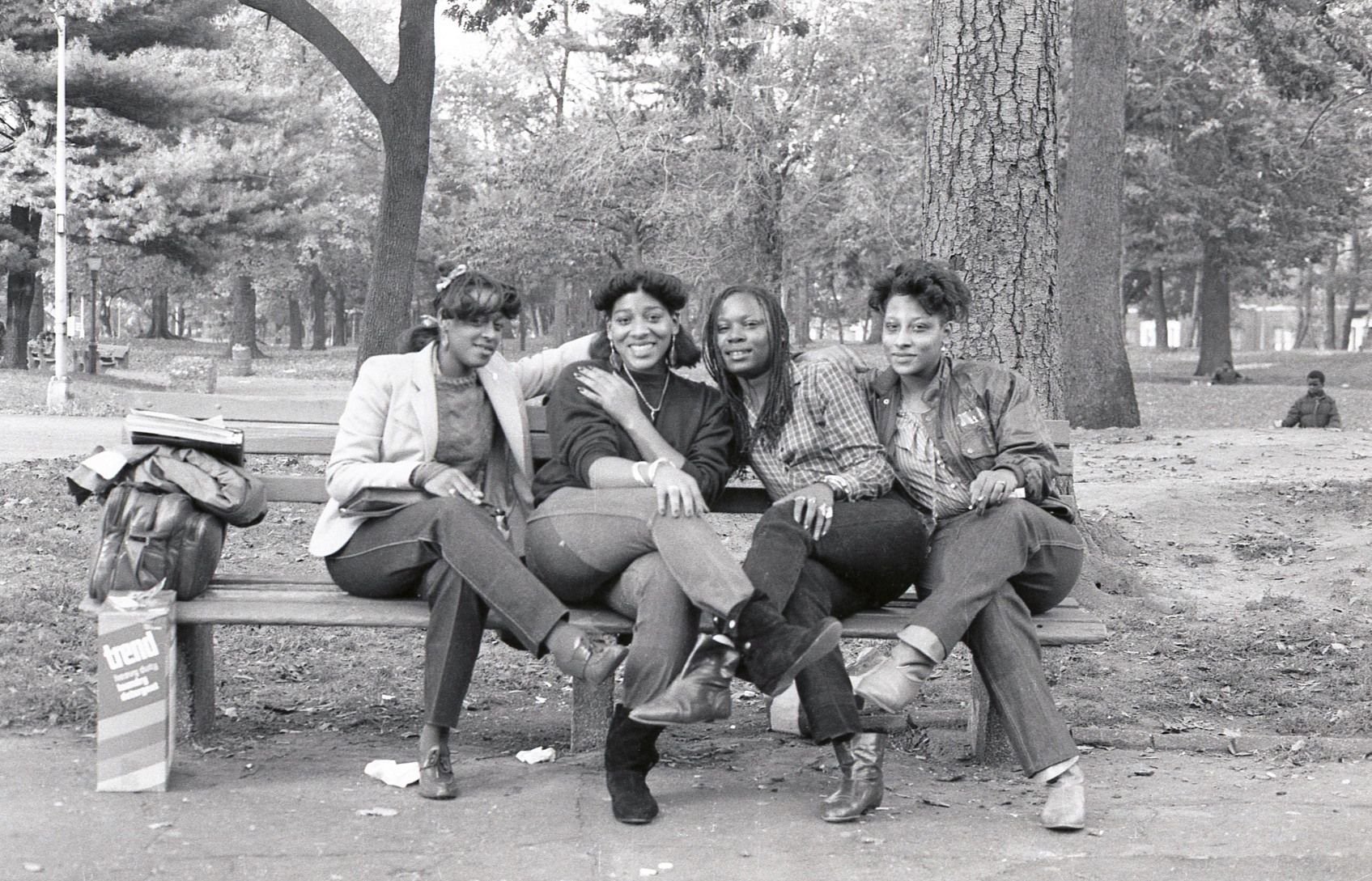 Jamel Shabazz’s photographs are a love letter to Prospect Park
Jamel Shabazz’s photographs are a love letter to Prospect ParkIn a new book, ‘Prospect Park: Photographs of a Brooklyn Oasis, 1980 to 2025’, Jamel Shabazz discovers a warmer side of human nature